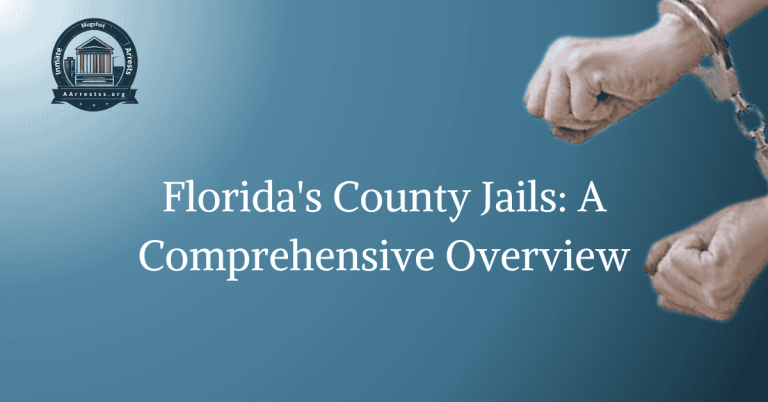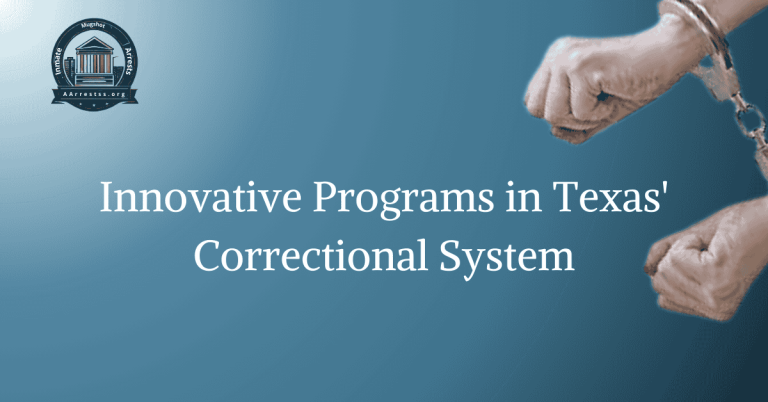Juvenile Justice in California: Progress and Challenges
California’s juvenile justice system has made significant progress in recent years, but still faces numerous challenges. With a focus on rehabilitation and restorative justice, the state has implemented various programs and initiatives aimed at reducing recidivism rates among young offenders. However, the system is not without its flaws, as overcrowding and limited resources continue to strain its capacity to effectively serve the needs of juvenile offenders. This article explores the progress made in California’s juvenile justice system, as well as the challenges that still need to be addressed.
Progress in Rehabilitation and Restorative Justice
In recent years, California’s juvenile justice system has made significant strides in its approach to rehabilitation and restorative justice. Recognizing the importance of addressing the underlying causes of delinquency, the state has implemented various programs and initiatives aimed at providing young offenders with the tools and support they need to reintegrate into society successfully. These efforts have included counseling and therapy services, educational and vocational training, and community-based programs that promote positive behavior and personal growth.
Reducing Recidivism Rates
One of the primary goals of California’s juvenile justice system is to reduce recidivism rates among young offenders. Through targeted interventions and evidence-based practices, the state has seen encouraging results in this area. By providing comprehensive support and supervision during and after their time in the system, young offenders are given the opportunity to break the cycle of criminal behavior and become productive members of their communities. This focus on rehabilitation not only benefits the individual but also promotes public safety by reducing the likelihood of future offenses.
Challenges of Overcrowding
Despite the progress made, California’s juvenile justice system still faces numerous challenges, particularly in terms of overcrowding. The increasing number of young offenders entering the system has put a strain on the available resources and facilities. Overcrowding can lead to limited access to treatment and educational programs, as well as compromised safety and well-being for both staff and youth. Addressing this issue requires a comprehensive approach that includes investing in additional facilities, increasing staffing levels, and exploring alternative sentencing options.
Limited Resources and Capacity
In addition to overcrowding, the limited resources of California’s juvenile justice system pose another challenge. The demand for mental health services, substance abuse treatment, and educational programs often exceeds the available capacity. This can result in delays in accessing necessary services, compromising the effectiveness of rehabilitation efforts. To address this issue, it is crucial to allocate adequate funding and resources to meet the needs of young offenders and ensure they receive the support necessary for successful reintegration into society.
Addressing Disparities and Bias
While progress has been made in California’s juvenile justice system, it is essential to acknowledge and address the disparities and biases that still exist. Studies have shown that young people of color are disproportionately represented in the system, highlighting the need for a more equitable approach to justice. Efforts should be made to promote fairness and eliminate biases at every stage of the process, from arrest to sentencing. This includes training for law enforcement and court personnel, as well as ongoing monitoring and evaluation to ensure equal treatment for all youth involved in the system.
FAQs
What is juvenile justice?
Juvenile justice refers to the legal system that deals with individuals who are under the age of 18 and have committed a crime. It focuses on rehabilitation and reintegration rather than punishment.
How does the juvenile justice system work in California?
In California, the juvenile justice system operates under the principle of “protection and treatment” rather than punishment. It aims to provide age-appropriate interventions and services that address the underlying causes of juvenile delinquency.
What are the progress made in the juvenile justice system in California?
Over the years, California has made significant progress in reforming its juvenile justice system. This includes the implementation of evidence-based programs, diversionary practices, and alternatives to detention, all aimed at reducing recidivism rates and promoting successful reintegration into society.
What are the challenges faced by the juvenile justice system in California?
Despite the progress, the juvenile justice system in California still faces various challenges. These include issues of racial and ethnic disparities, inadequate funding for prevention and intervention programs, and the need for improved mental health and substance abuse services for juvenile offenders.
How does California address the needs of juvenile offenders?
California recognizes the importance of addressing the specific needs of juvenile offenders. The state invests in educational and vocational training programs, mental health services, and community-based support to ensure that juveniles receive the necessary resources for rehabilitation and successful reintegration.
What is the role of community involvement in the juvenile justice system?
Community involvement plays a crucial role in the juvenile justice system in California. It includes collaboration with schools, families, community organizations, and other stakeholders to provide support, guidance, and resources to juveniles, thereby increasing their chances of positive outcomes and reducing recidivism.








